History of the Dagger: From Flint Tool to Weapon
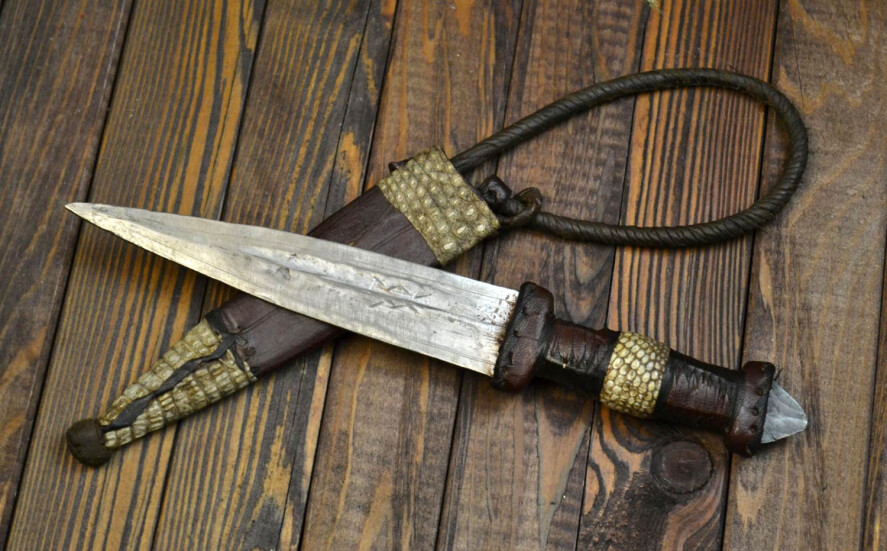
Contents
From Flint to Copper
Daggers are some of the oldest weapons, dating back to the Palaeolithic period. Daggers evolved gradually over more than 20,000 years. Flint (or flintstone), a highly workable form of the mineral quartz, was used to create the first daggers. The oldest daggers had a simple elliptical or wedge-shaped form, with a point and blade at one end and a blunt part at the other end that served as a grip.
The production of daggers was improving over time. Different materials, such as wood, bone or horn, were used to make them, their tip was getting ever sharper. The handle became more elaborate and better adapted to the shape of the hand. In rare cases, daggers were also made of semi-precious gemstones such as agate or jade, but only for ceremonial purposes.
When copper entered the scene, the possibilities for shaping and ornamentation were much better. Copper was the first metal used for making daggers, but it was not perfect at first, because the metal was too soft. A major development took place later - people started hardening the blade by forging and quenching. This made daggers more durable.
Bronze Enters the Scene
Around 2000 BC, copper was replaced by bronze, an alloy of copper and tin discovered by Sumerian blacksmiths in Mesopotamia. Bronze was harder than copper, making daggers thinner and more decorated. It also became possible to cast handles and rivet them to the blade.
Bronze was gradually replaced by iron between 1000 and 500 B.C. Although iron was easier to work with than bronze, because it was softer. To make the metal harder, a hardening technique was developed during which the porous iron was repeatedly forged. Crude steel became a common material for the production of weapon by about the 12th century.
Throughout the Middle Ages, daggers became an important weapon used by knights and warriors, mostly as a backup weapon for fighting in confined spaces. They were often carried in sheaths on the belt so that the warrior could draw them quickly.
Daggers also found their use in the modern era - especially during the First World War. They served well in close combat in tight trenches and became a common part of the soldiers’ equipment. Even today, military daggers are very useful weapons. They are most often used by special forces as a backup weapon in man-to-man combat.
Daggers as Decoration
However, the dagger was not always used as a weapon, sometimes it had a mere decorative function. During the Renaissance, daggers became a fashionable accessory of the nobility, who wore them as a symbol of influence and power. These luxurious daggers were often decorated with engravings and precious stones.
Many people today have daggers manufactured for decorative purposes, not weapons. They are often a part of various collections and used as costume accessories for historical battles or souvenirs in tourist destinations associated with history.
3 Safety Rules for Daggers
If you are considering getting a dagger, read these safety rules first. They can help you prevent injury or other unwanted outcomes.
- A dagger has sharp edges on both sides of the blade, which makes it even more dangerous than a knife.
- When using a dagger, hold it firmly by the handle. Transport it in a sheath or holster whenever you are not using it.
- Never use the dagger when there are people or animals around. Be careful not to injure anyone, including yourself.
Daggers As Accessories
At Outfit4Events, you can find a variety of daggers for special occasions, like historical battle re-enactments. Check out our historical combat daggers from different historical eras. Our portfolio includes Greek and Roman daggers, Celtic daggers, Gothic daggers and medieval sword daggers. Each of these daggers is based on available historical evidence and is the result of high-quality craftsmanship.
Fantasy lovers will enjoy our category dedicated to movie daggers and fantasy daggers. Will you venture into the incredible world full of mysterious and extraordinary weapons? Broad and powerful daggers used by legendary warriors, or fine and elegant daggers from the time of the King Arthur, we have it all!
If you're looking for a dagger as a costume accessory, check out the costume daggers category. We are sure you will find a fitting dagger for your historical costume! You can use these daggers for carnivals or fairs, or fancy-dress parties. But be careful. These daggers may be blunt, but they are still capable of inflicting serious injuries. If you use them unwisely, you or someone else can end up in the hospital instead of a party table. Costume daggers are also great as indoor decoration, or as an addition to replica collections.

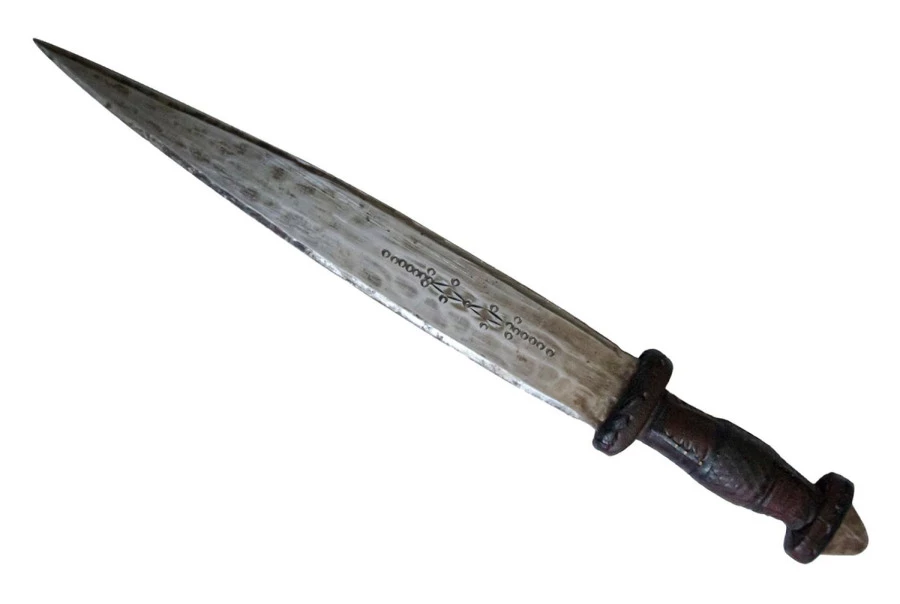
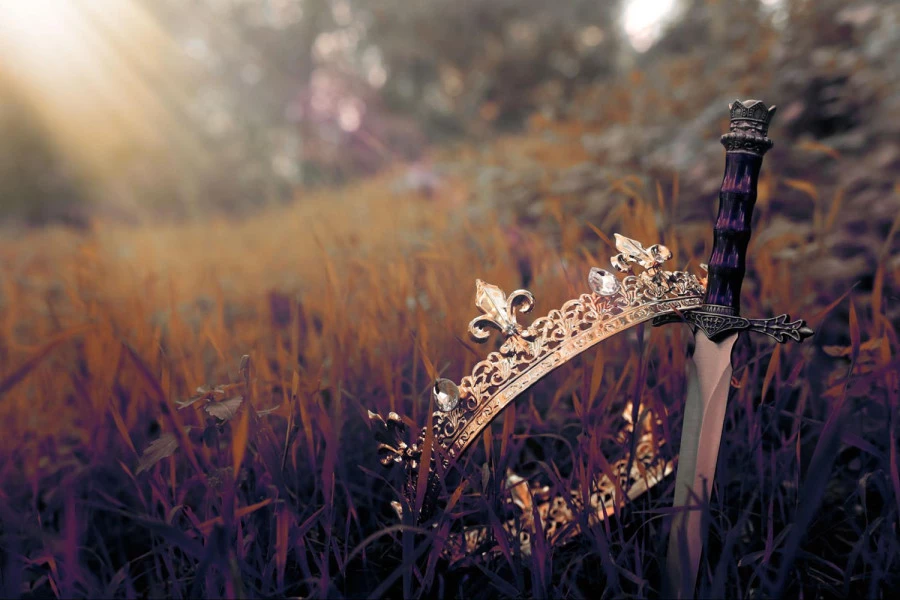
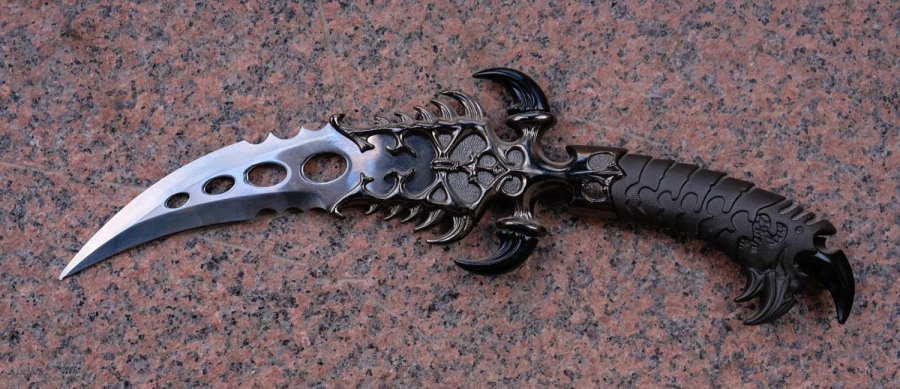
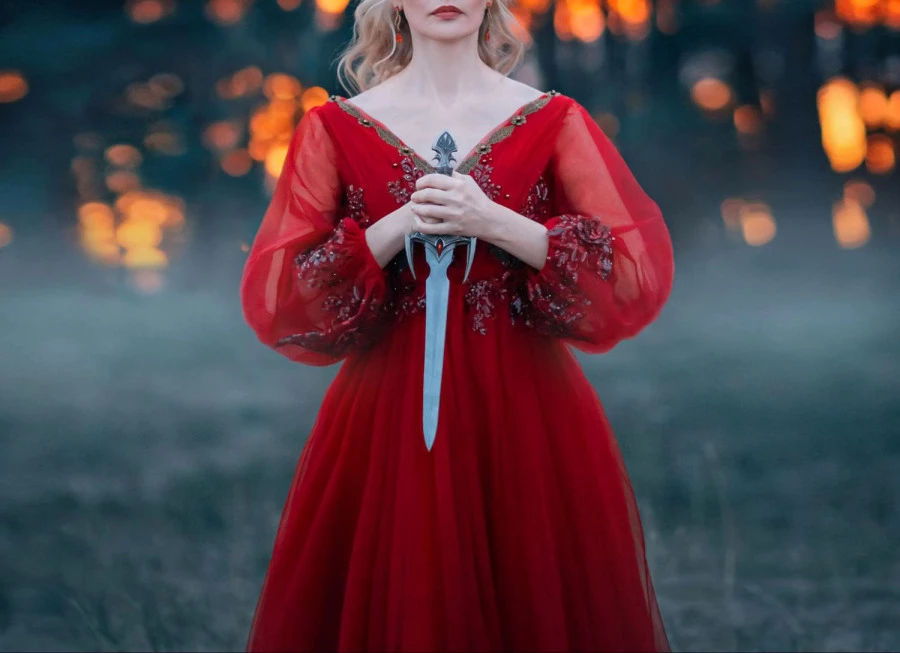
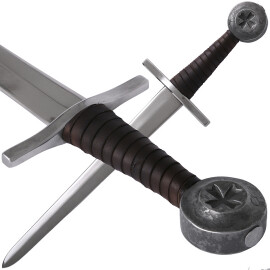
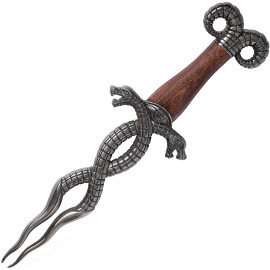
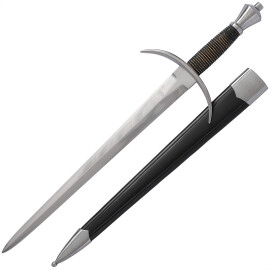
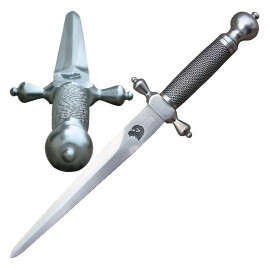
Comments